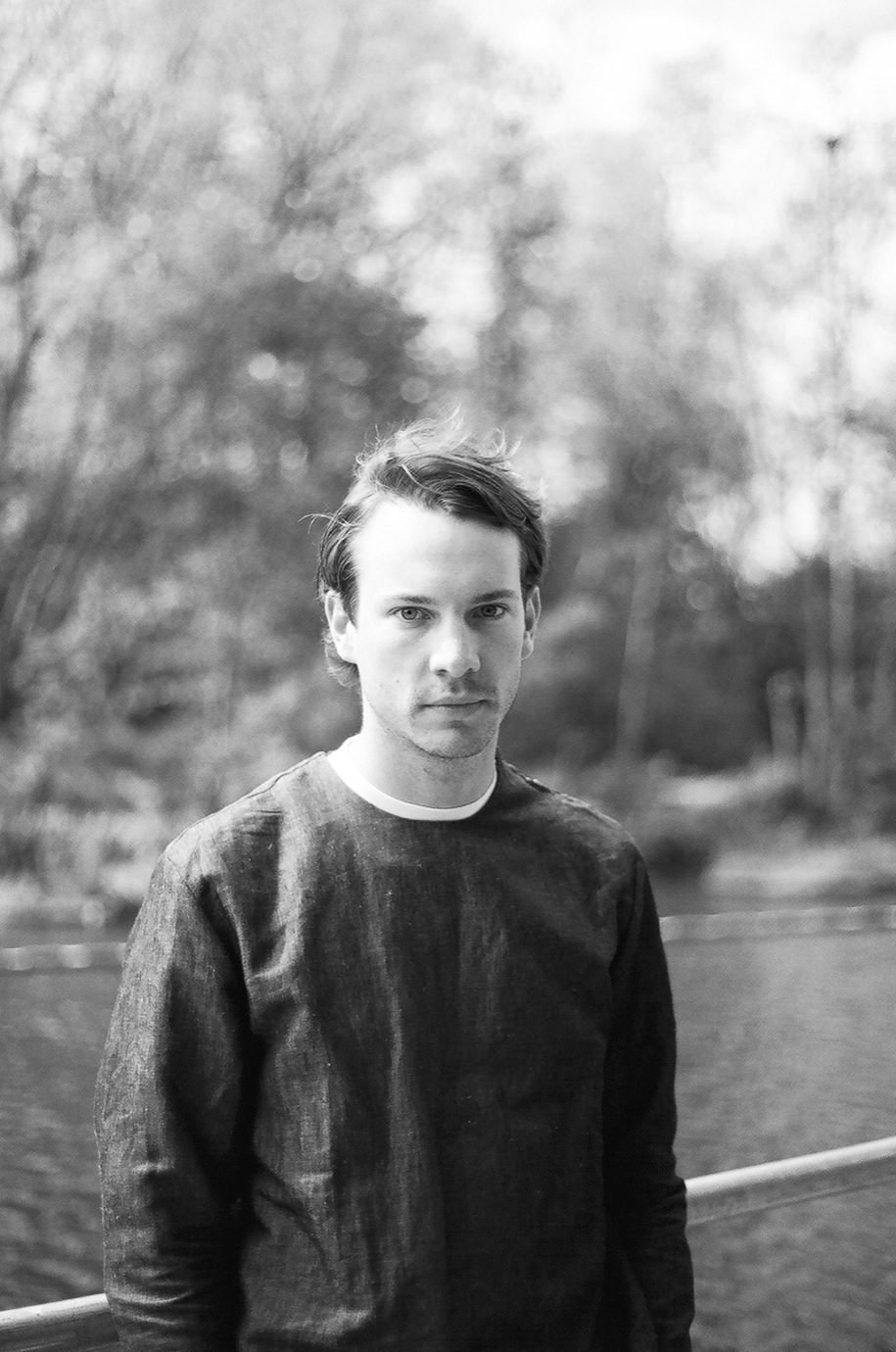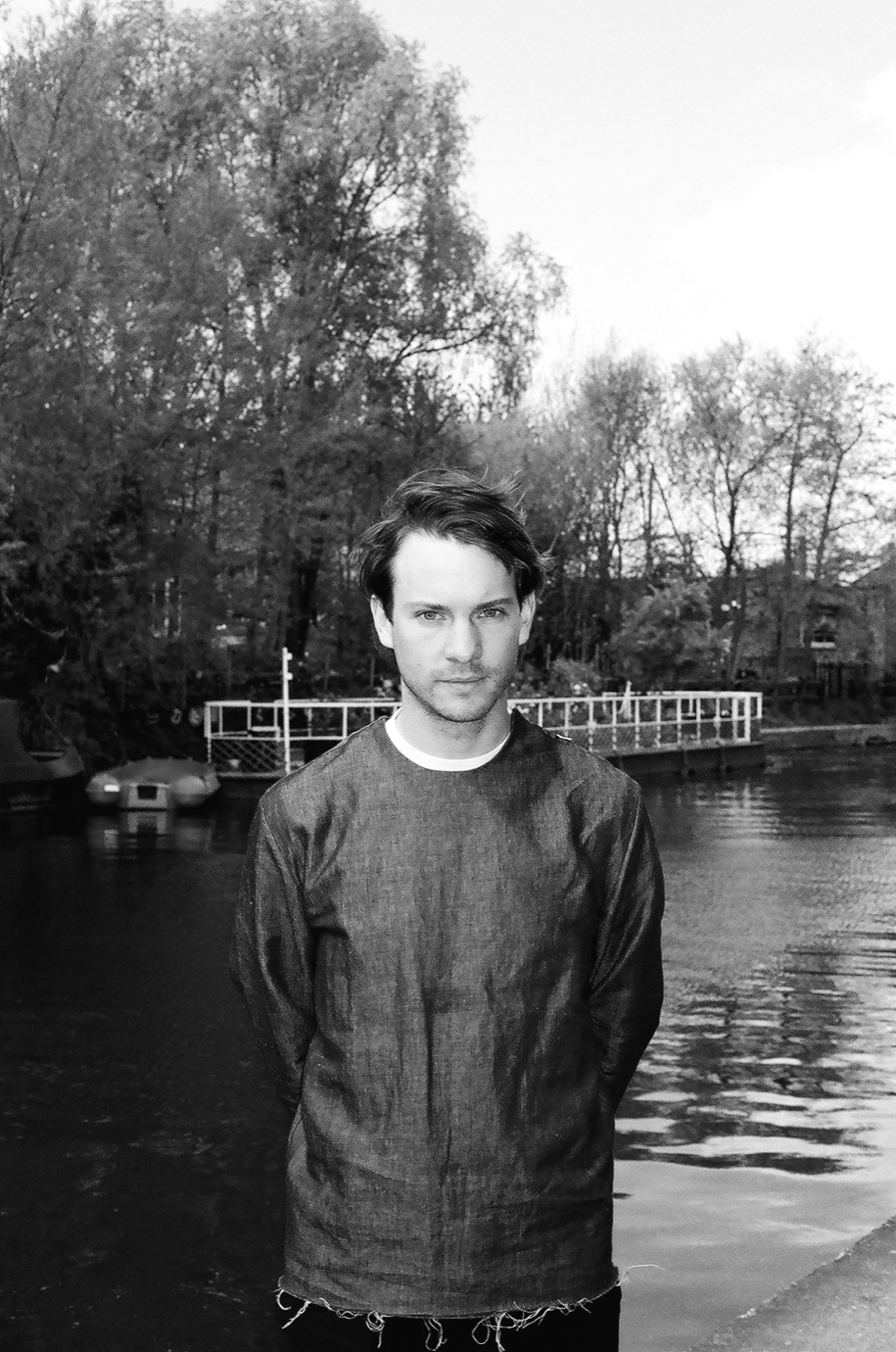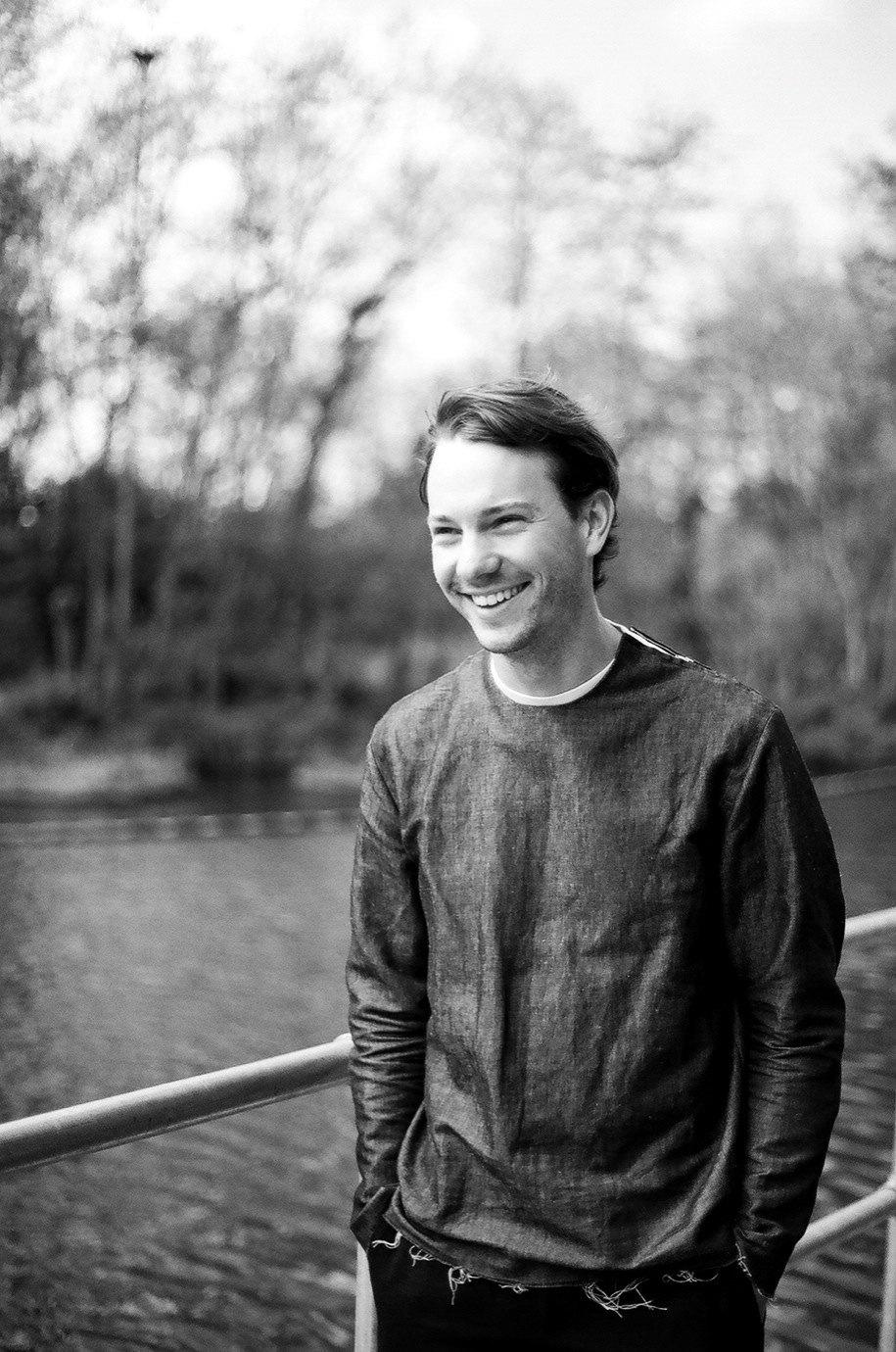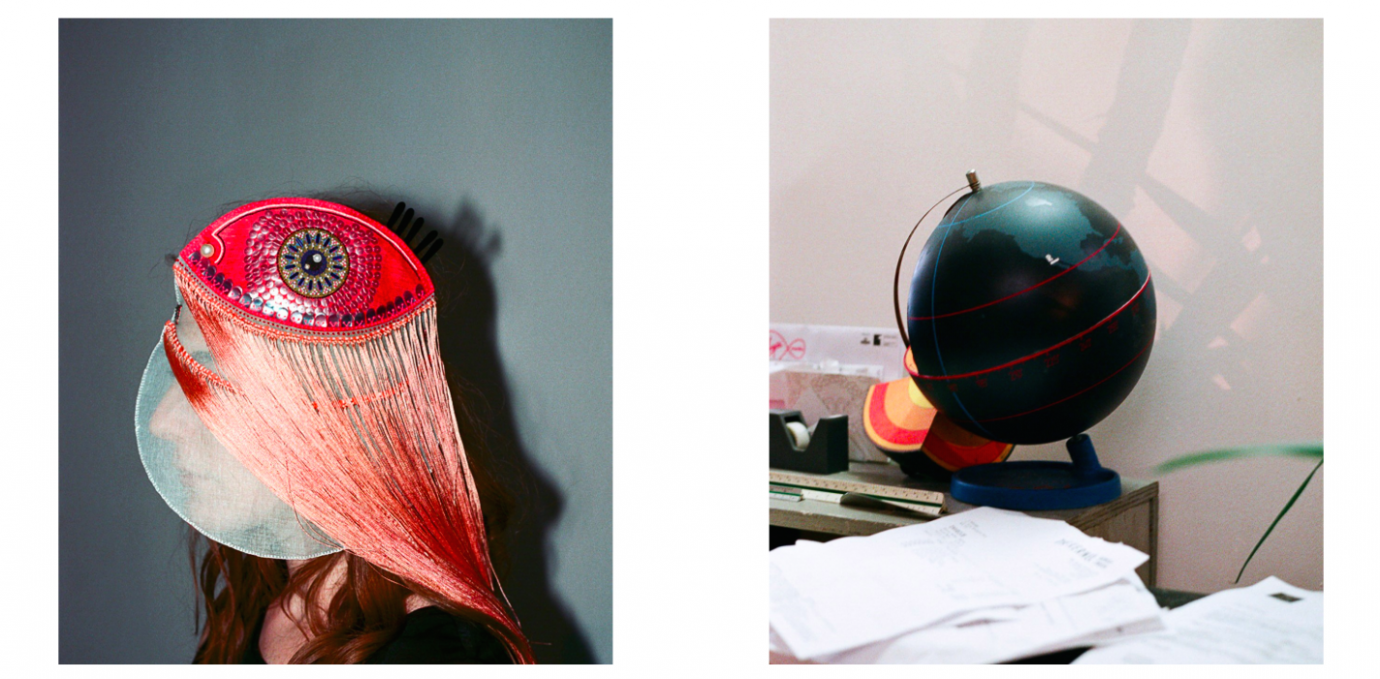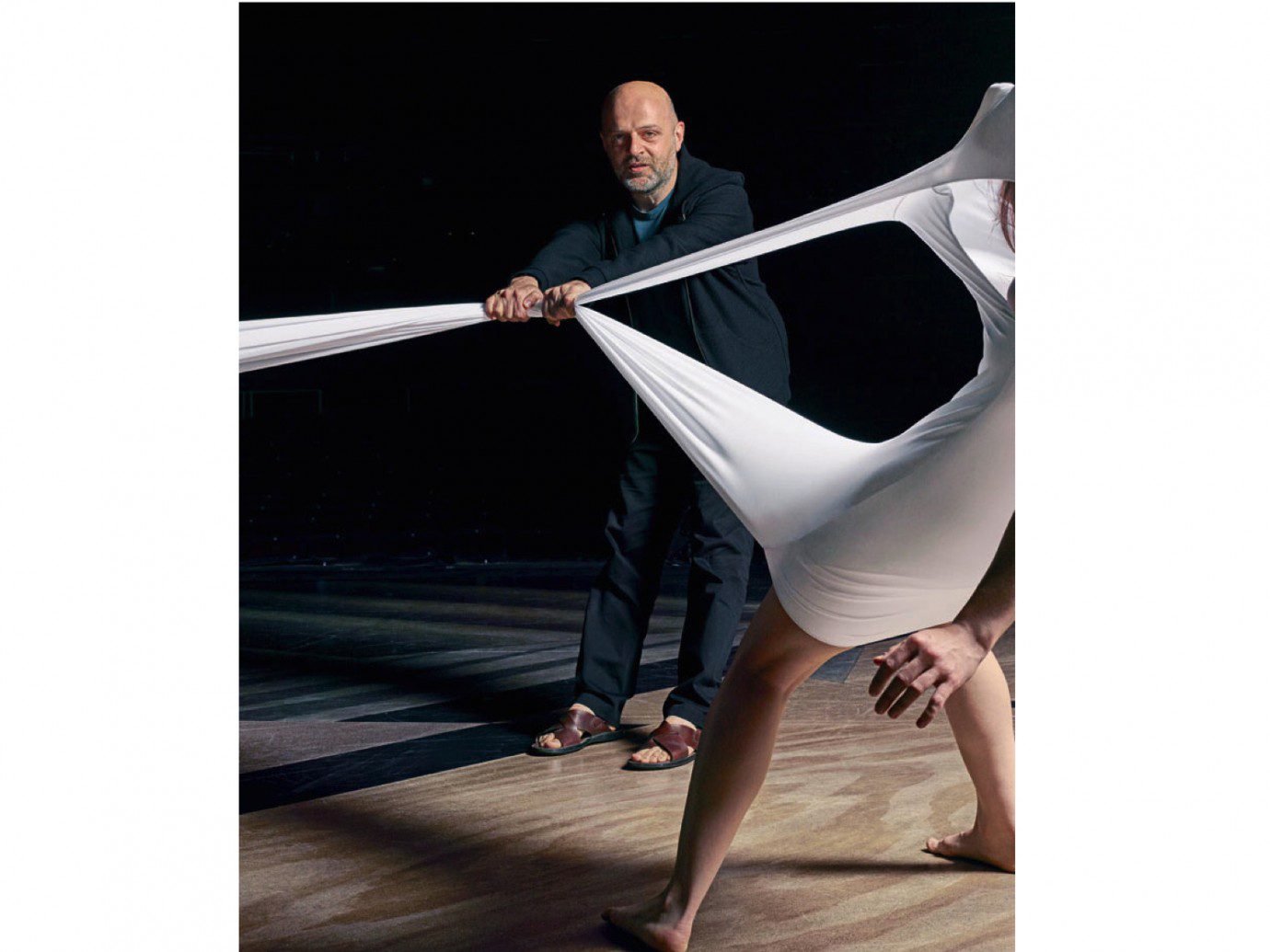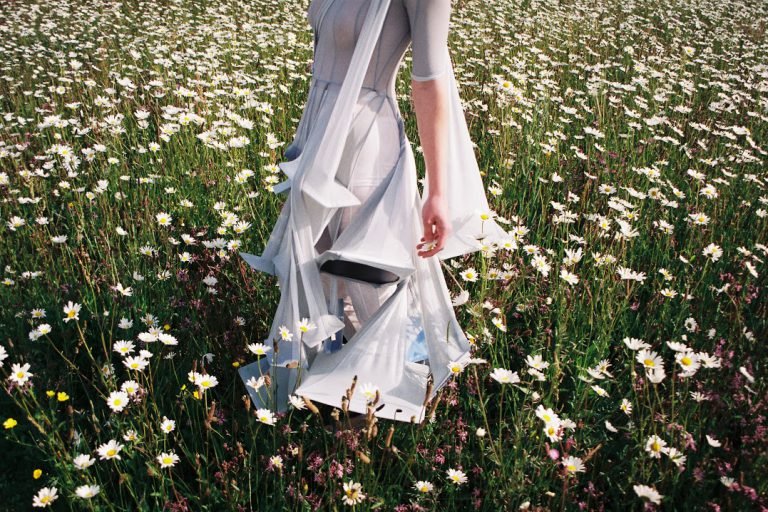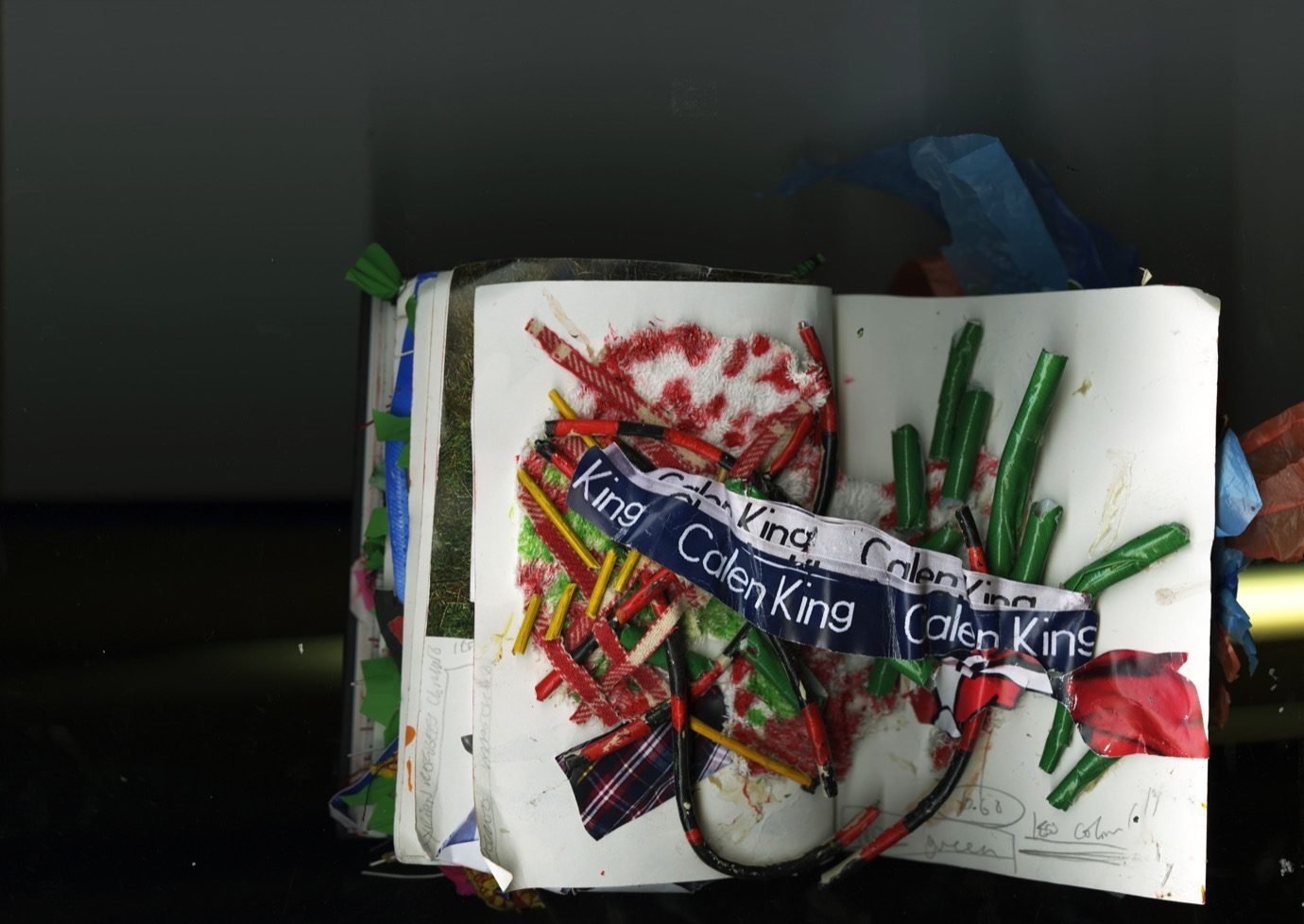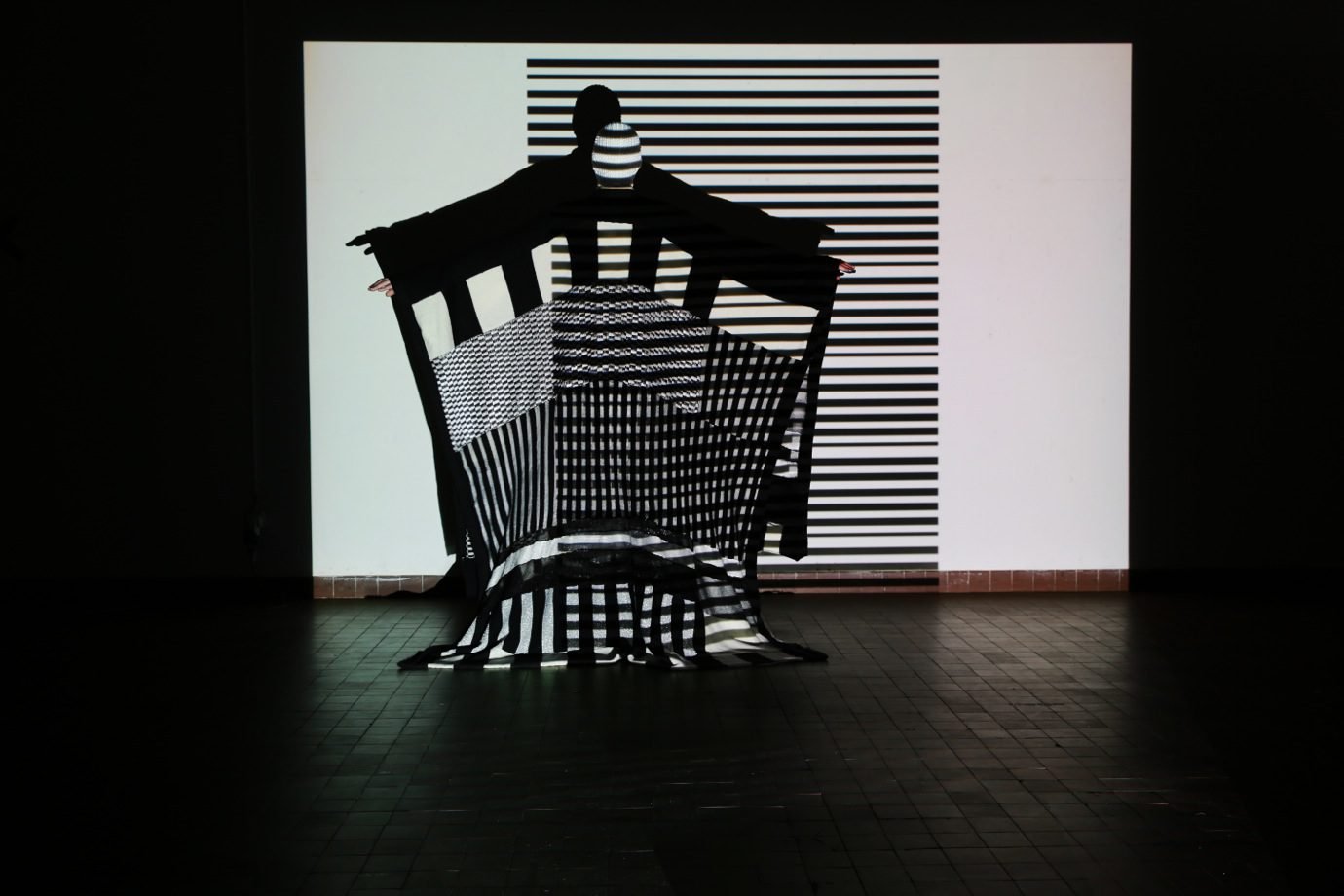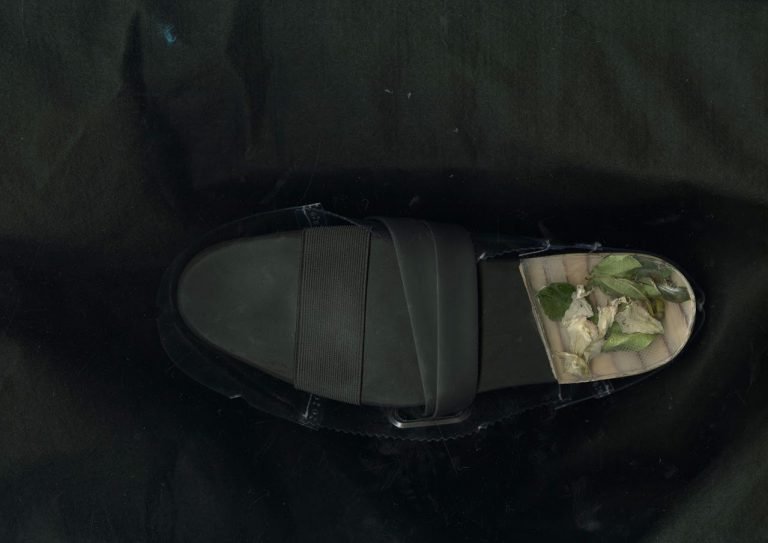“I STILL FIGHT TO BE WHERE I THINK I SHOULD BE AND SEE WHAT I WANT TO SEE.”
It seems like in the beginning a lot of your career happened through being in the right place at the right time. How much do you believe in luck and how much of it just comes down to working really hard?
I’m a firm believer in intuition and instinct, and following your passions and what you really care about. And that has put me in places where I’ve met the kind of people I wanted to meet and wanted to work with. I think it’s about a mix of confidence and truth, it’s not about pretending to be something you’re not. And I do work very hard; I don’t think that you can really advance yourself without doing that. I suppose luck is a part of it, but luck only goes so far. Maybe it’s serendipity, but I still fight to be where I think I should be and see what I want to see. And it’s just about curiosity.
In terms of education, you didn’t do a fashion degree and didn’t even finish your college degree. What is your opinion on doing a degree at all?
I believe that life is a constant learning journey and I push myself all the time to discover new things. I was very lucky to have brilliant English teachers at high school who I’m still in touch with today. And for me that was maybe more important than finishing any degree. Because finally my education has come about through practical application of everything that I learnt then. And I have to say that learning French is incredibly key to my development in the fashion world. I think that today being multilingual is incredibly important to being able to exist within different fashion communities. Just to be able to switch between Italian and French and English… Those things put other people at ease; they show that you are sympathetic.
Do you think doing a fashion degree is important as such?
It can be; it’s more about how you use it. I haven’t done a fashion degree but what I think is important is all the other cultural factors that feed into fashion. Having a good fashion background and knowledge of what’s come before you is incredibly important as well, but I think there is an over-expansion of the industry’s education programmes. I don’t believe in styling degrees, for example. Kids pay all this money thinking that they’re gonna get a job, when that’s not how becoming a stylist works.
You can’t teach someone how to style…
No, and I think that’s ridiculous, whereas obviously you can teach someone how to write. But you can’t teach them how to find their own voice. And it is important that they’re going to come out the other end as a professional who can deconstruct things from their own point of view. Because now that information is so readily available, I feel like real criticism and real knowledge of what people are looking at is going to become more and more important, because people are going to search in particular places to read real analyses. People will still look to those institutional publications for information rather than an Instagram account of a blogger.
I guess if you’re going to do this kind of degree, it needs to be a mix of understanding that it’s only a part of your fashion education, which will also have to include travel, writing your own things in your spare time, interning, maybe subediting or proofreading. Looking at other people’s work closely to understand what they’re doing well, what they’re not doing well and applying that to your own thing. I’m a constant consumer of fashion literature – I’m really interested to see how Tim Blanks and Vanessa Friedman and Cathy Horyn look at the collections. The way that they all approach the shows is so different. I’m reviewing a lot of shows for American Vogue now, and often my text has to be in before theirs. So I’m not referencing what they say, but I like to see the similarities and the differences afterwards, I think it’s really fun.
“I THINK THAT CONTENT, THAT MAGIC WORD WHICH NOW PROLIFERATES IN OUR ZEITGEIST, NEEDS TO BE RICHER AND MORE PERSONAL IN PRINT MAGAZINES, AND IT NEEDS TO SHOW A PERSPECTIVE AND A CROSSOVER WE’VE NEVER SEEN BEFORE.”

